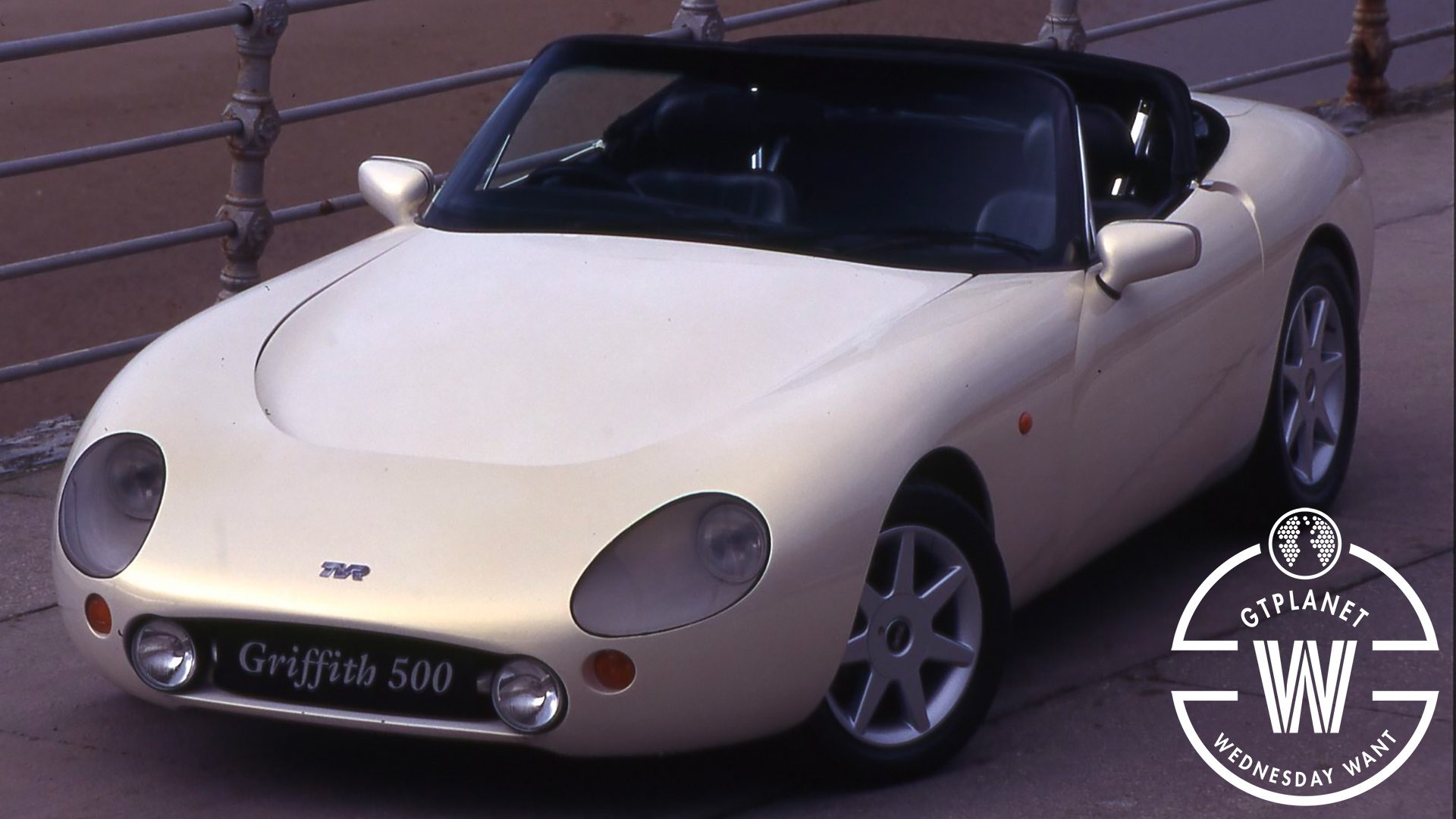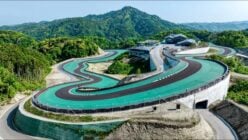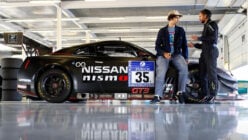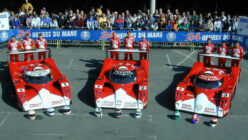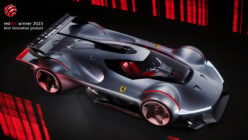Welcome to Wednesday Want. Each week, our team will pluck a car from our thousands-strong Car Suggestions forum and give it some time in the spotlight. From the weird to the wonderful, we’ll be covering the full automotive spectrum. You can check out past Wednesday Want entries right here.
It would have been difficult to miss the news about TVR last week. The well-loved brand, which has been all but dead for a decade, is coming back at last. The new Griffith it showed off at the Frankfurt Motor Show will be the first car it’s built since 2006 — and the first new TVR model since 2004.
It’s certainly been a long time coming, and the car’s name is no accident. The first TVR Griffith — and we’ll delve into the semantics of that a little later — was the company’s game-changer. No doubt new owner Les Edgar has similar hopes for the new one.
Since its formation in 1949, TVR had been one of those niche British sports car manufacturers and racing teams that non-enthusiasts could quite happily confuse with each other. Company founder Trevor Wilkinson, built his own chassis, adorned them with bits from other cars and raced them in club rallies, sprints and hillclimbs.
From these origins, TVR followed a pattern that will be rather familiar to anyone who’s followed British shed-engineered marques. It made pretty, quick cars, encountered financial difficulties and folded, only for new owner to buy it and start the cycle again. Lather, rinse, repeat.
That is until Sheffield-born chemical engineer Peter Wheeler got hold of the company in the 1980s. Wheeler reintroduced the V8 to TVR and brought back the curvy bodystyle, both of which had been so popular in the 1950s, to create TVR’s S models. As these began to rapidly outsell the wedge models, he came up with the idea of a wholly new model.
This is the point at which the Rover V8 — again, a staple of the shed-engineered marque — enters the story. TVR modified it from 3.5-liters to a round 4-liters and, initially, mounted it in an S chassis. Wheeler himself helped design a simple body, made from glass-fiber, and showed the resulting car off at the British Motor Show in 1990.
It instantly garnered 300 orders from interested parties. This was essentially an entire year of TVR’s production capacity. Realizing that the old S chassis was pretty much at its limits with the 240hp V8, he looked to the Tuscan race car and redesigned around the new chassis.
Decades previously, American racer Jack Griffith had modified his own TVR Grantura with a Ford V8. That car didn’t end up being enough to win his dinner-table bet with Carroll Shelby about who could build the quicker car, so he ordered a new TVR chassis from the UK in order to go even faster. In the end his creation, the Griffith 200, did see off the Shelby Cobras.
Although these Griffiths were not official TVR products (despite sometimes selling as a TVR Griffith 200), they were the genesis of V8 TVRs. Wheeler named the car after Jack, and the TVR Griffith was born.
Early cars still used the 4-liter Rover V8, but TVR developed it into a 4.3-liter unit and then a monstrous 5-liter. Production of the smaller engines was quietly discontinued in 1993, leaving only the 340hp 5-liter through to the end of the Griffith’s production run.
The lightweight racing chassis and glass-fiber body kept the Griffith at around 2,300lb all in. With 340hp and 350lbft, this was good enough to hit 60mph in four seconds and on to almost 170mph. In 1993, these were supercar numbers, and they’re not far off even now. It helped TVR to sell more than 2,300 Griffiths, making it the second most popular model ever behind its sister Chimaera.
Despite a fearsome reputation for handling, especially in the wet, it should have been the car that made TVR. In many ways it was, but emissions regulations and ill-health prompted Wheeler to sell the company in 2004 to Russian tycoon Nikolay Smolensky. Production fell, plans arose to take the brand overseas and the company became divided. Within two years, TVR had closed its doors, some thought for good.
The TVR Griffith was one of the brand’s most significant models. It seems only appropriate that TVR has named its rebirth to match.
See more articles on TVR, TVR Griffith, and Wednesday Want.
